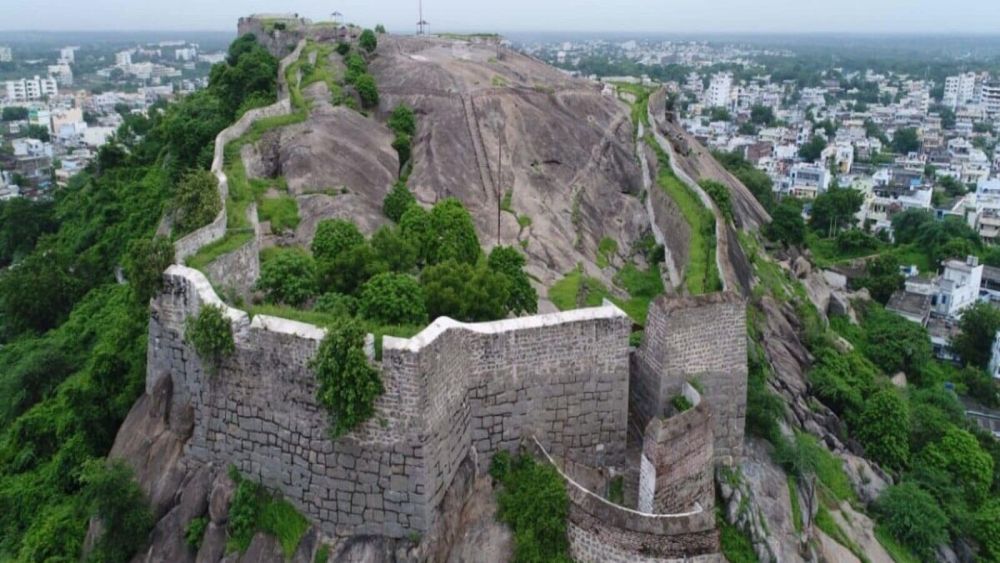

Spanning hundreds of years of history, the Khammam Fort in Khammam, Telangana, India, stands as a testament to the region's rich cultural and architectural past. Originally built around 950 AD by the Kakatiya Dynasty, the fort is an amalgamation of both Hindu and Muslim architectural styles, epitomizing the era's cross-cultural influences following renovations and additions by successive rulers, especially during the reign of the Qutb Shahis in the 16th century.
For many years, the fort remained primarily as a historical relic with minimal tourist activity. It was only known to history enthusiasts and local visitors intrigued by tales of its past glory. The tourism industry in the region didn't see a major thrust during the pre-independence era, as the focus remained on the cultivation of the fertile lands surrounding the region.
Following India's independence in 1947, there was a renewed interest in preserving and showcasing the nation's historical monuments. However, it wasn't until the late 20th century that the government and local community began to recognize the potential of the Khammam Fort as a magnet for tourism.
With the advent of the 21st century, Indian tourism saw a dramatic transformation with increased government support and promotion. In Telangana, tourism authorities began to place greater emphasis on the unique historical sites dotted throughout the state. The Khammam Fort received attention with restoration projects aimed at making the site more accessible and informative to visitors.
In recent years, the fort has benefitted from tourism trends that focus on experiential and sustainable travel. Tourists are now seeking more immersive experiences, leading to the introduction of local guides and curated tours that provide deeper insights into the fort's history and significance.
Digital technology and social media have also played a crucial role in promoting Khammam Fort to a broader, more global audience. The increased visibility has led to a significant uptick in domestic and international visitors to the site.
Looking forward, there is a strong push to ensure the protection and preservation of Khammam Fort while sustainably developing its tourism potential. Plans for infrastructure improvements, such as better connectivity and visitor facilities, are in the pipeline, aiming to transform the fort into a must-visit historical destination in India.
Today, the fort is an increasingly popular destination for tourists seeking to explore the historical heritage of Telangana. With support from the Telangana Tourism Department, the fort's ramparts, chambers, and panoramic views are more accessible than ever. Guided tours and educational materials help visitors appreciate the fort's place in Indian history, making the Khammam Fort not just a journey into the past, but also a beacon for the burgeoning tourism industry of Telangana.